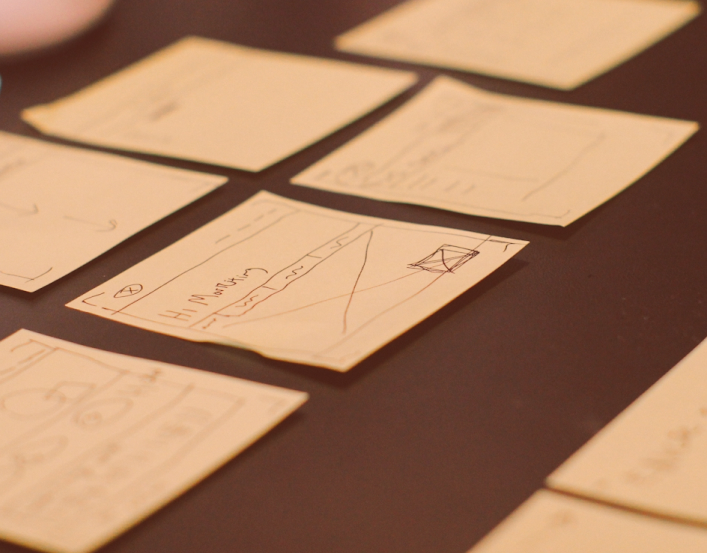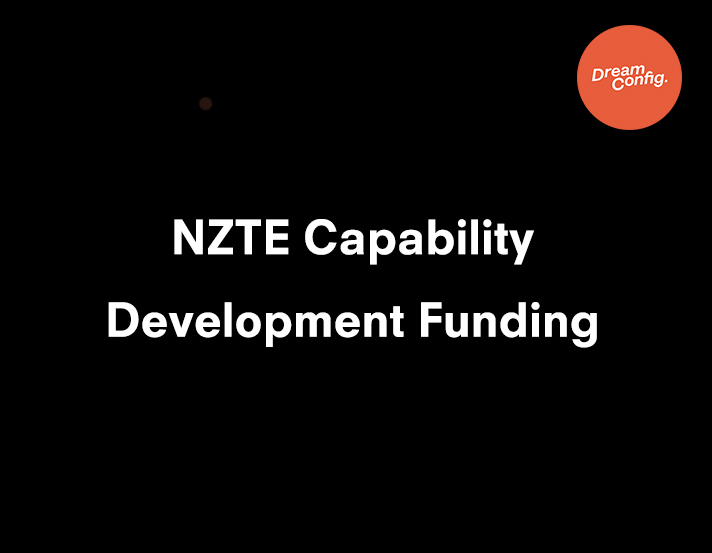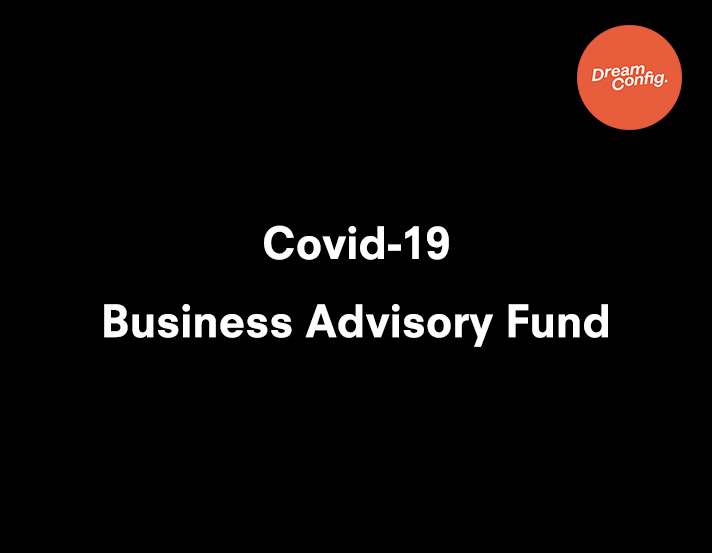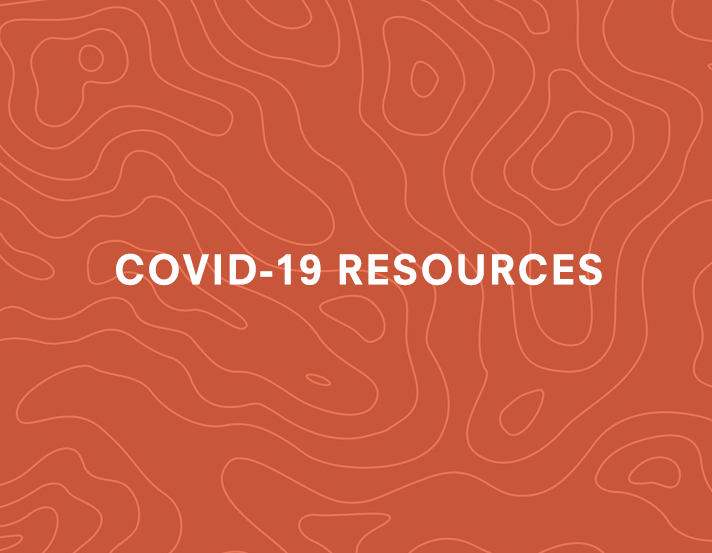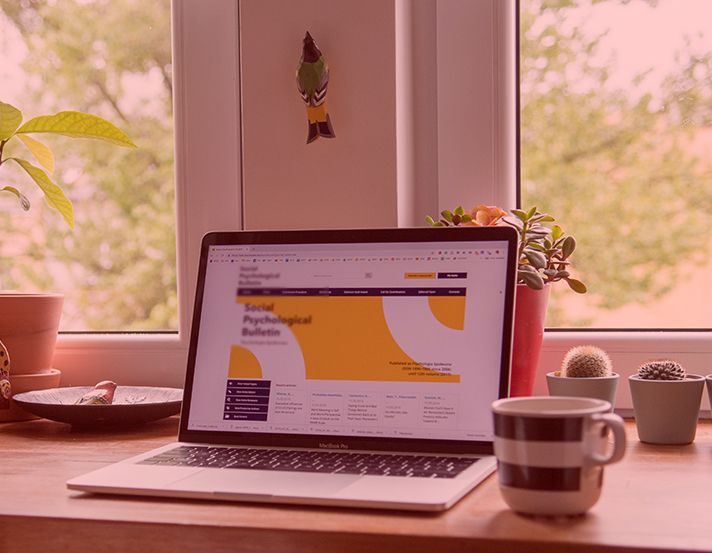Services
Every web design agency has had a customer contact them and say, “We’re looking to design a new website – how much would it cost to get something similar to this [example]?” and have had to reply, “Have you scoped it yet? If it’s not our work it’s hard to say, and it really depends what you’re trying to do.”
Without a clear picture of your business profile, needs, and wants packaged up in a concise brief, it’s unlikely any agency will be able to create something that will help you fully achieve your goals, expectations and desired outcomes.
Whether you’re updating your existing website with a full-on redesign, building a new one from scratch, or just adding a new e-commerce function, the key to nailing your website design is starting with a great brief.
It’s where the project scoping should always begin. Not only is it a great exercise for your team to get current on what the business needs, it allows you to have clearly defined requirements and expectations that will help increase your chances of a successful outcome. Make this document really comprehensive, and your digital agency will be able to respond with a more accurate quote that suits your budget and timeline.
But your brief is more than just a tool to get the quote - it’s a rock-solid foundation to build your website redesign project on. The more effort you put into providing key business insights - such as the company's mission, vision and values, customer personas, and success metrics - the easier it’ll be for you and your agency partner to create outcomes everyone loves that are holistically aligned with the direction of the business moving forward.
It’ll also help prevent scope creep (when one deliverable morphs into five, or requirements suddenly change - pushing out your timeline and budget!), and you’ll be able to get a great return on your investment that solves critical pain points.
In this article we’re breaking down what you need to include in your website design brief - but to explain why that info is so important, let’s start with a few common problems we notice clients have when writing their web design brief.
What does an incomplete web design brief look like?
1. Being brief - Turns out a brief shouldn’t be, well, brief. The more comprehensive and detailed this document is, the quicker and easier the project scoping will be, because it reduces the back and forth, the uncertainty, the assumptions, the “oh did we not tell you we also need this functionality?” – all things that will delay the project and frustrate people working on it.
2. Focusing on your needs vs the customers’ perspective - Your website is customer facing, and its purpose is to sell to the customer – so the design brief should keep in mind the customer’s experience, what their journey looks like across key touchpoints and what you want them to do when they encounter them.
3. Being too feature-specific - Clients often request features they’ve seen on other websites, without enough consideration for how it fits into their operations or wider strategy. What works on a competitor’s site may not be fit for your purposes, and risks both unnecessarily bloating the project and disappointing stakeholders when it doesn’t produce the expected results. If you’re including functionality in your brief that you’ve seen elsewhere, make sure to carefully consider its appropriateness first.
4. Avoiding the budget - We get it – you’re not sure how much to pay for website design and don’t want to be cheated, so you’ll let them say a number first. But the more open and honest you can be about financial expectations, the more accurate your price quotes will be, and the clearer the expectations will be about what that can achieve.
How do you write a good brief?
If you’re familiar with design briefs, you might be expecting to write about the more holistic “touchy-feely” aspects of your branding. This is not what a website design brief looks like. A web design brief is a pragmatic document that clearly maps out what you want your website to do for your business - both the high level requirements, and the detailed functionality.
Before you start writing your web design brief, you’ll want to dive into the business challenges you’re facing, the goals of the project that will help solve them, and the metrics that you’ll use to measure success.
Have a read of this article we wrote first - it talks through what to look out for in website design projects, and the steps and considerations you’ll need to take to nail your redesign. If you take the time to get familiar with the overall process beforehand, writing the brief will be a quicker and easier task.
So, here’s how to map out a website design brief for your agency.
1. Background - Tell us about the business – an overview of the whos, whats, wheres, whens, and hows. What products or services do you provide? What do your current marketing efforts look like and how are you perceived in the marketplace? Who are you and why do you do what you do?
2. Competition - This is the place to share more about your competition and where you see yourself in relation to them. Who are your competitors and what do they do well/poorly? What aspects of their sites do you like or dislike? Are you trying to stand out or fit in? What competitive pressures do they put on you?
3. Target Audience/User Personas - Describe your target audience and what their goals and motivations are. Struggling to answer these questions? You may need to conduct some user research first. Are they aware of you already? What are their demographics and psychographics? What usability requirements might they have? What do you want them to do on your site and why should they? What do you want them to experience and remember when they interact with you?
4. Goals, Objectives and Key Results - This is where you get into the nitty-gritty of your brief. These details define the scope, scale, and deliverables of the project. A defined project scope will make it easier to meet expectations and avoid scope creep. You want to answer these sorts of questions to address the business, user, and functional requirements: Is it a new website or a redesign?
If it’s a redesign, what’s the current state of the nation – problems, successes, traffic, conversions? What are the key functions on the site? What considerations need to be made for your digital marketing strategy?
What are your objectives and overarching goals with the website? What are the key results you will use to measure your progress towards them? How will the website redesign feed into those?
Will there need to be considerations for multiple languages, access restrictions, and specific web hosting? What types of content will be on the site? Are there long-term functionality or marketing plans that need to be considered?
What is not included in the scope of this project? Are there potential challenges or obstacles? More holistically, what goals does the website need to achieve – more traffic, more revenue, higher engagement?
5. E-commerce - If you conduct e-commerce on your site, you need to cover off the basic details of how that happens. Include things like the number of products, the volume of sales, how customers can search for and filter products, where you ship to, and any third-party integrations you need.
6. Budget and Timeline - While you might not be keen to share your budget in your brief, we really do recommend including a range you’re working in at least. You’ll get a better idea of what can be actually achieved with that budget, and you won’t be presented with a number that’s waaay over what you expected or given a low quality product with limited shelf life.
You should also include a timeline in your brief – have you got an event that you need to have the website ready for, and when will you be ready to start work? How long does it take to design a website? That depends on the work that needs doing, so being upfront with your timing will help you determine what will be prioritised.
7. Contacts and Management - Making it clear who’s the best person to contact for different queries will cut down on confusion, and allow problems to be solved quickly. Who is the key point of contact for the business? Who will be on the project team – what are there titles, roles, and responsibilities? Who are the key stakeholders and how much involvement do they want or need? Who is sourcing content? Major delays often come from underestimating the time needed to source images, text and quotes for the site.
We know, there’s a lot to cover off there! So these are the key things to remember when you’re writing you’re brief:
-
Don’t be brief. Include enough detail to prevent your agency partner having to make assumptions about your wants and needs.
-
Focus on the customer. How will your website work for them, and help move them through the sales funnel efficiently?
-
Give careful consideration to your requirements. Do they serve the business goals? What are their objectives, and key results to attain?
-
Be up-front with your budget and timeline. Open communication in these areas will help you get both accurate quotes and better project scoping.
Writing a brief from scratch can be a little overwhelming, so if you want some help or simply have a few questions, don't hesitate to get in touch. We enjoy assisting in the process of creating stronger briefs as it will only benefit our cause when being asked to scope them.

